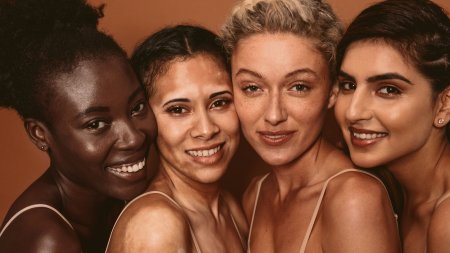Pigmentation 101: Your top tips to tackle dark spots
So, what is hyperpigmentation and how can we treat it?

We’re proud that SA was one of the first countries to launch our new Pigmentbio range which treats hyperpigmentation - a skin issue that affects South Africans of all ages and skin tones. It’s one of our top skin concerns.
So, what is hyperpigmentation and how can we treat it?
We asked Dr. Jonathan Smith - President of the Dermatology Society of South Africa - our guest speaker at the Pigmentbio launch to give us his top tips to keep your complexion even and radiant.

The skin has a natural colour that is independent of sun exposure: this is its pigmentation.
This colour depends on skin cells called melanocytes, which are unique in that they produce pigments known as melanin. This melanin offers natural protection against the ultraviolet (UV) rays emitted by the sun.
Pigmentation problems are linked to poor melanin functioning, which causes either hyperpigmentation (dark spots) or depigmentation (lighter spots) on the skin. The latter is usually related to a condition such as vitiligo or albinism, which requires medical care.

While our Pigmentbio range is formulated to even out existing spots and help you to regain your natural, even complexion, there are steps you can take to prevent spots forming or worsening. We asked Dr. Smith what he recommends, and he says:
Our Pigmentbio range has everything you need to treat your skin and prevent hyperpigmentation, as well as correcting existing hyperpigmentation on your face and body.
